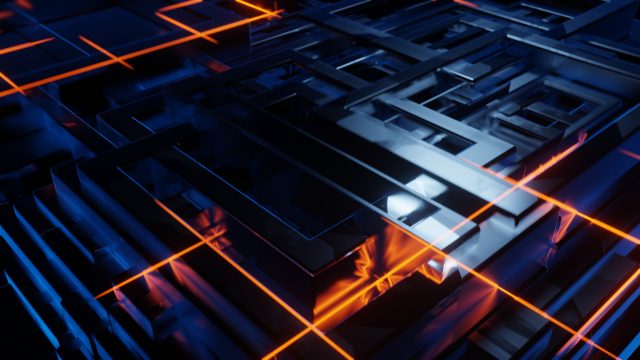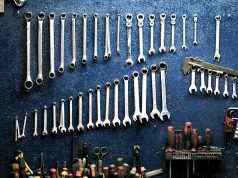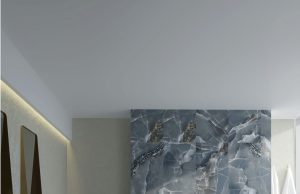
These days, piping systems play a critical role in a wide range of industries, from oil and gas to chemical manufacturing and beyond.
Nevertheless, their efficient and reliable operations depend on numerous factors, one of the most essential being dimensional control.
Let’s then explore how dimensional control techniques can be used to optimize piping systems and, as a result, enhance their performance, safety, and cost-effectiveness.
Why is dimensional control crucial?
Starting with the basics, dimensional control entails, among others:
- precise measurements,
- alignment and adjustment of piping components during the design and construction phases.
Consequently, it guarantees that pipes, fittings, and other elements fit together perfectly, which minimizes the risk of leaks, pressure drops, and operational issues. Nevertheless, this is not the only advantage of dimensional control, as it also:
- enhances the durability of piping systems by minimizing pipe stress, which prevents premature wear of pipes and potential failures,
- increases safety by reducing the chances of accidents, such as leaks or ruptures, which can have catastrophic consequences in industries like oil and gas,
- reduces energy consumption and improves overall efficiency by contributing to smooth flow within piping systems thanks to precise measurements and alignments,
- saves costs by reducing maintenance and repair expenses while extending the lifespan of the piping system.
As you can see, dimensional control is a beneficial solution for industrial and commercial settings, including piping design.
What are the benefits of dimensional control in piping design?
While the benefits mentioned above are relevant to all applications of dimensional control, let’s focus on how dimensional control can help optimize piping design.
Better efficiency
Firstly, piping systems that are optimally aligned can have reduced friction, which translates into lower energy consumption and increased operational efficiency.
Reduced downtime
Moreover, with a minimized risk of leaks and failures due to the implementation of dimensional control technique, there is less downtime for maintenance and repairs. As a result, with dimensional control in piping design, you can also maximize the system’s uptime.
Enhanced safety
As already mentioned, dimensional control increases safety. In the case of piping systems, it ensures that they meet safety standards and regulations, reducing the likelihood of accidents and environmental hazards.
Longevity
Finally, dimensional control in piping design can also increase the longevity of piping systems. Since the system is well-controlled, it has a longer service life, which results in long-term cost savings for companies.
All in all, dimensional control techniques can be effectively used to optimize designs across various industries. By integrating them into piping design, organizations can ensure that their systems operate efficiently and remain reliable over time.













